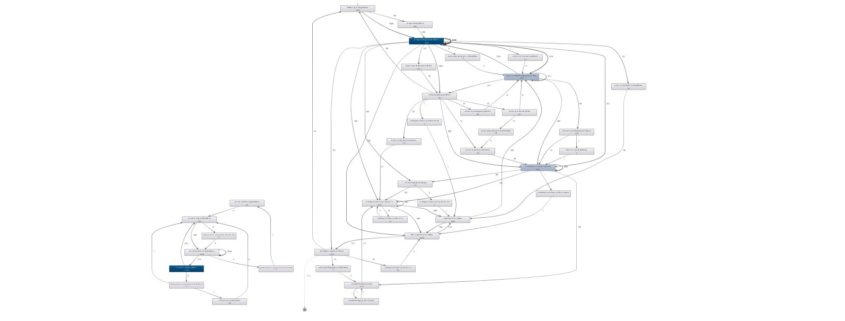Responsible Handling of Data – Process Mining Rule 2 of 4
This is article no. 2 of the four-part article series Privacy, Security and Ethics in Process Mining.
![]() Read this article in German:
Read this article in German:
“Datenschutz, Sicherheit und Ethik beim Process Mining – Regel 2 von 4“
Like in any other data analysis technique, you must be careful with the data once you have obtained it. In many projects, nobody thinks about the data handling until it is brought up by the security department. Be that person who thinks about the appropriate level of protection and has a clear plan already prior to the collection of the data.
Do:
- Have external parties sign a Non Disclosure Agreement (NDA) to ensure the confidentiality of the data. This holds, for example, for consultants you have hired to perform the process mining analysis for you, or for researchers who are participating in your project. Contact your legal department for this. They will have standard NDAs that you can use.
- Make sure that the hard drive of your laptop, external hard drives, and USB sticks that you use to transfer the data and your analysis results are encrypted.
Don’t:
- Give the data set to your co-workers before you have checked what is actually in the data. For example, it could be that the data set contains more information than you requested, or that it contains sensitive data that you did not think about. For example, the names of doctors and nurses might be mentioned in a free-text medical notes attribute. Make sure you remove or anonymize (see guideline No. 3) all sensitive data before you pass it on.
- Upload your data to a cloud-based process mining tool without checking that your organization allows you to upload this kind of data. Instead, use a desktop-based process mining tool (like Disco [3] or ProM [4]) to analyze your data locally or get the cloud-based process mining vendor to set-up an on-premise version of their software within your organization. This is also true for cloud-based storage services like Dropbox: Don’t just store data or analysis results in the cloud even if it is convenient.




